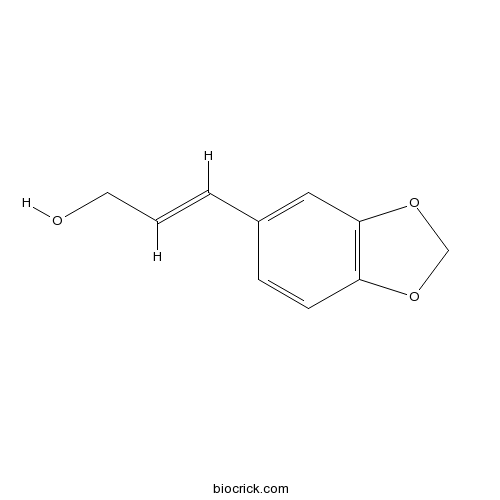Products for Phenylpropanoids
-
BCN5440
erythro-Guaiacylglycerol
Botanical source: The barks of Eucommia ulmoides Oliver(CAS NO.:38916-91-5)
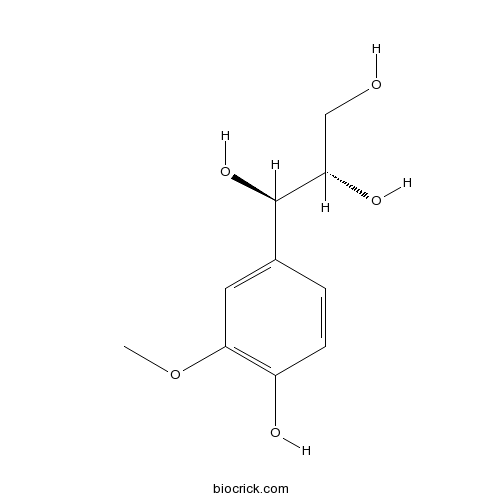
-
BCN7694
(E)-Cinnamyl-(Z)-p-coumarate
Botanical source: The roots of Peucedanum praeruptorum Dunn.(CAS NO.:391682-51-2)
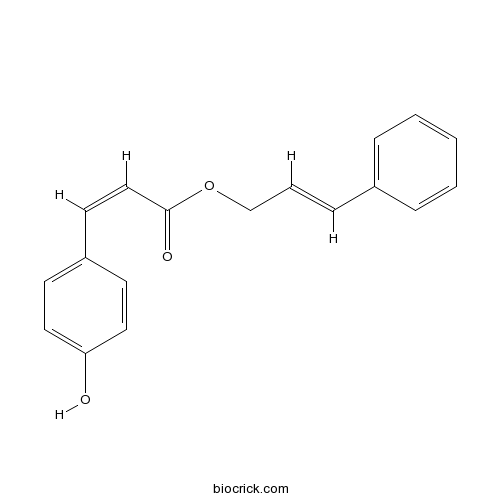
-
BCN3788
5-O-Feruloylquinic acid
Botanical source: The fruits of Coffea canephorra var. Robusta(CAS NO.:40242-06-6)
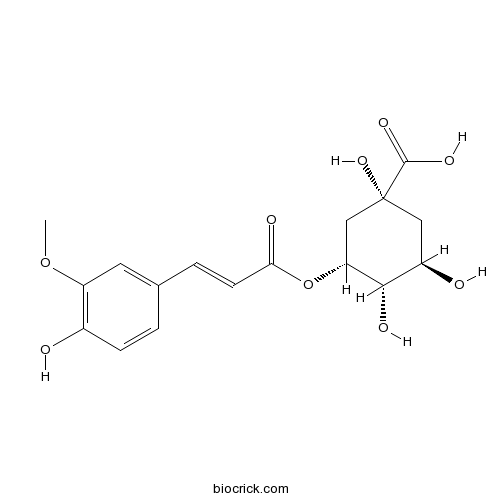
-
BCN6596
erythro-1-Phenylpropane-1,2-diol
Botanical source: The roots of Paeonia lactiflora(CAS NO.:40421-52-1)
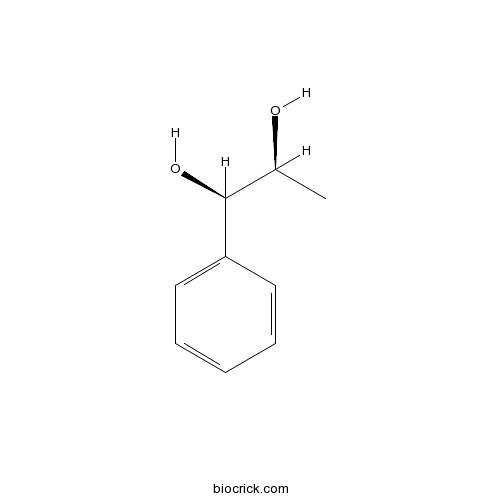
-
BCN1257
Ethyl ferulate
Ethyl ferulate, a naturally lipophilic derivative of ferulic acid originally derived from giant fennel (F. communis), induces heme oxygenase-1 (HO-1) and protects rat neurons against oxidative stress. Ethyl ferulate also protects neurons against amyloid β peptide (1-42)-induced oxidative stress and neurotoxicity.(CAS NO.:4046-02-0)
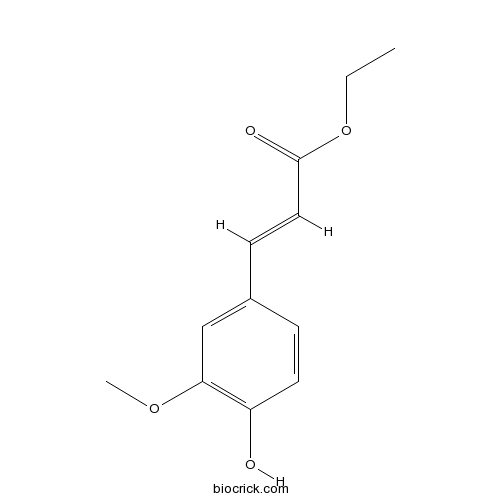
-
BCN5457
Dadahol A
Botanical source: The branch of Morus alba L.(CAS NO.:405281-76-7)
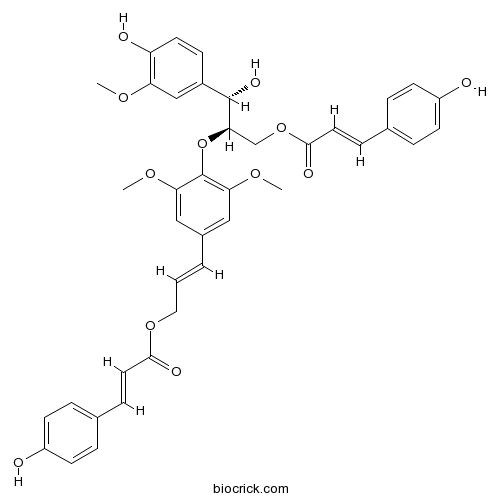
-
BCN6499
3,4-Dimethoxycinnamyl alcohol
Botanical source: The herbs of Alpinia officinarum(CAS NO.:40918-90-9)
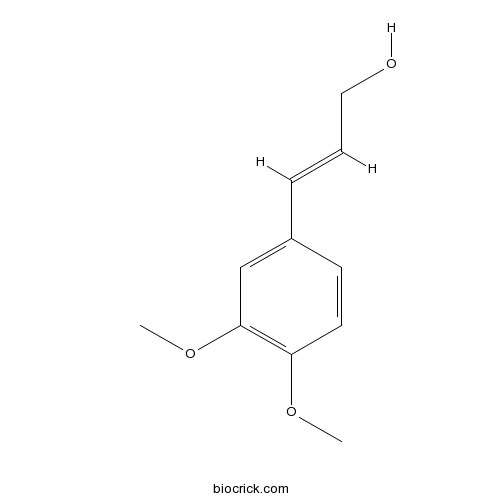
-
BCN1445
1-(3,4-dimethoxyphenyl)-2-(4-allly-2,6-dimethoxyphenoxy)propan-1-ol
(Rac)-Myrislignan is the racemate of Myrislignan. Myrislignan, a lignan isolated from Myristica fragrans Houtt, possesses anti-inflammatory activities. Myrislignan attenuates LPS-induced inflammation reaction in murine macrophage cells through inhibition of NF-kB signalling pathway activation.(CAS NO.:41535-95-9)
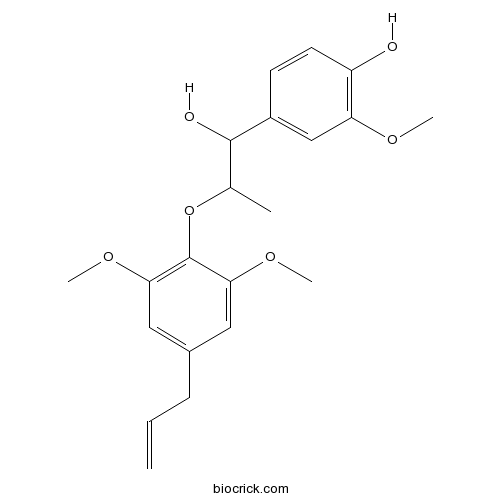
-
BCN5493
3-Phenyl-2-propen-1-ol
Botanical source: The barks of Cinnamomum cassia Presl(CAS NO.:4407-36-7)
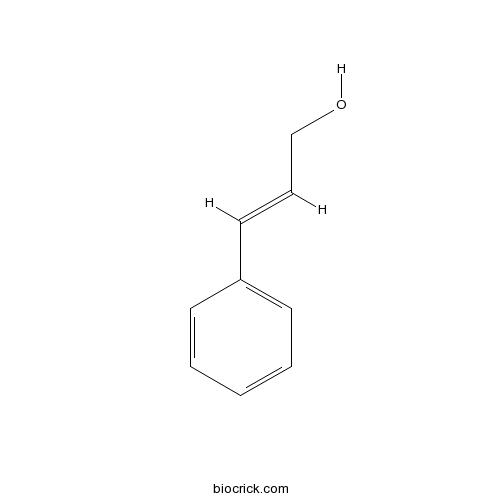
-
BCN7068
3-(2-Glucosyloxy-4-methoxyphenyl)propanoic acid
Botanical source: The barks of Caesalpinia bonduc.(CAS NO.:477873-63-5)
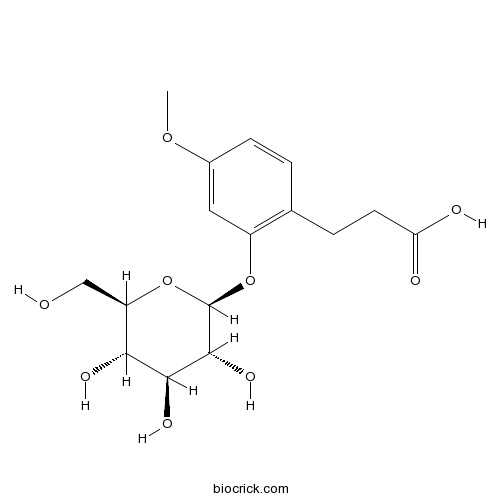
-
BCN2818
Elemicin
Elemicin is a alkenylbenzene widely distributed in many herbs and spices. Elemicin inhibits Stearoyl-CoA Desaturase 1 (SCD1) by metabolic activation. Elemicin is one of the main components in aromatic food and has antimicrobial, antioxidant, and antiviral activities. Elemicin possesses genotoxicity and carcinogenicity.(CAS NO.:487-11-6)
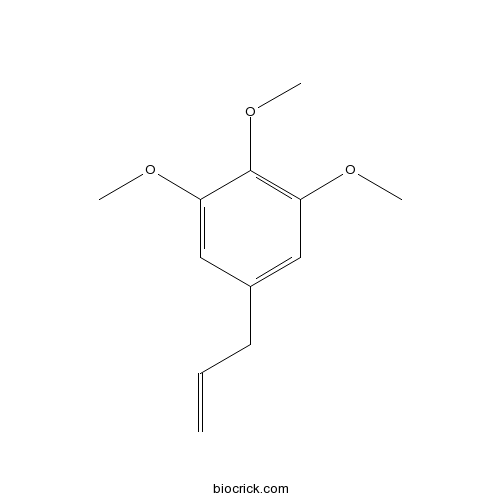
-
BCN3462
Trans-caffeic acid
Botanical source: The roots of Ferula assafoetida L.(CAS NO.:501-16-6)
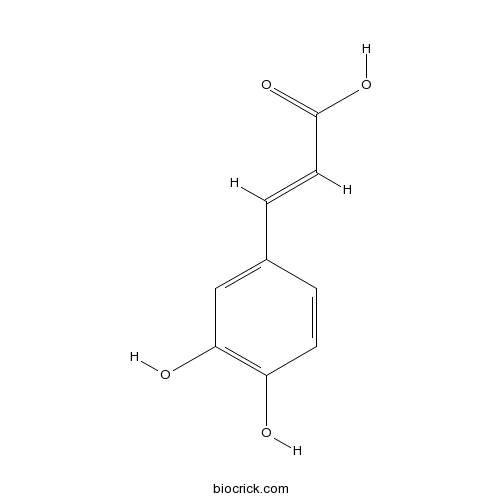
-
BCN4057
Hydrocinnamic acid
Hydrocinnamic acid is the major rhizospheric compound with known growth regulatory activities.(CAS NO.:501-52-0)
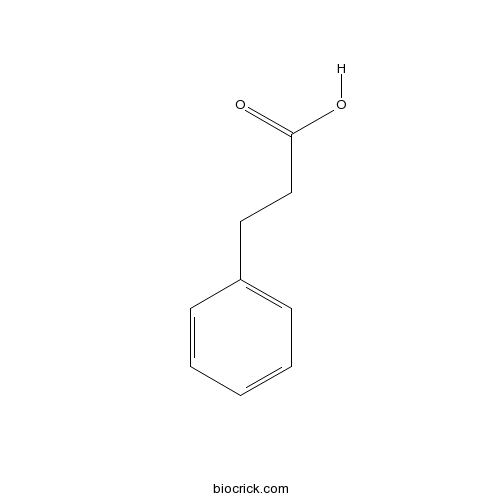
-
BCN6669
Methyl p-hydroxyphenyllactate
Botanical source: The herbs of Crepis crocea.(CAS NO.:51095-47-7)
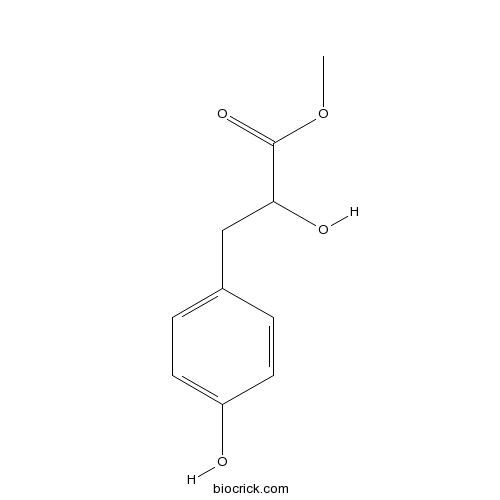
-
BCN3942
Cuspidiol
Botanical source: The herbs of Zanthoxylum scandens(CAS NO.:51593-96-5)
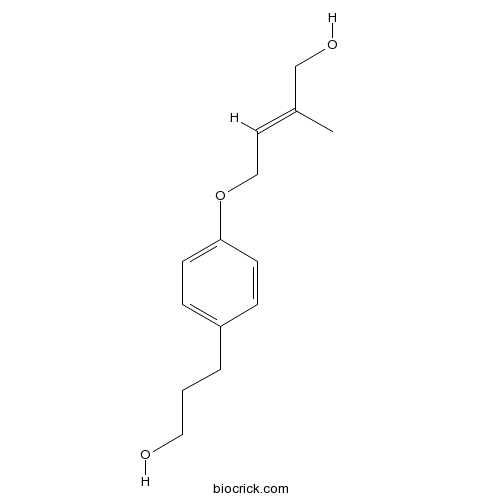
-
BCN4760
Isoelemicin
Botanical source: The herbs of Erythrina stricta(CAS NO.:5273-85-8)
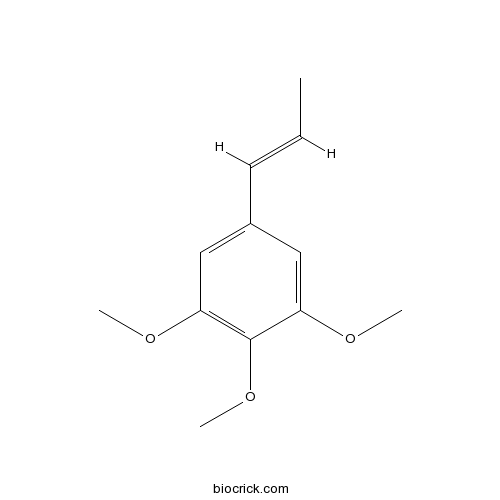
-
BCN5685
beta-Asarone
Beta-asarone is a major ingredient of Acorus tatarinowii Schott, penetrates blood brain barrier, with the properties of immunosuppression, central nervous system inhibition, sedation, and hypothermy. Beta-asarone protects against Parkinson’s disease.(CAS NO.:5273-86-9)
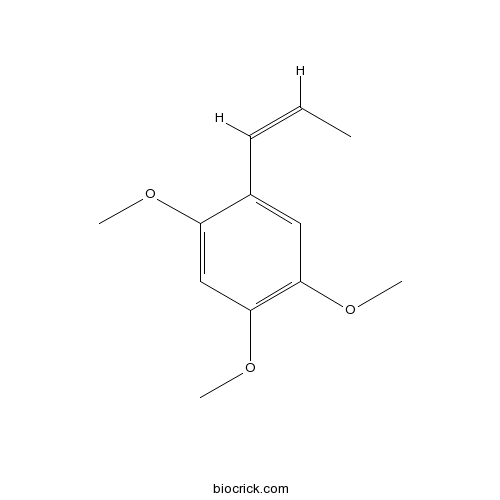
-
BCN3539
Sinapic acid
Sinapinic acid (Sinapic acid) is a phenolic compound isolated from Hydnophytum formicarum Jack. Rhizome, acts as an inhibitor of HDAC, with an IC50 of 2.27 mM, and also inhibits ACE-I activity. Sinapinic acid posssess potent anti-tumor activity, induces apoptosis of tumor cells. Sinapinic acid shows antioxidant and antidiabetic activities. Sinapinic acid reduces total cholesterol, triglyceride, and HOMA-IR index, and also normalizes some serum parameters of antioxidative abilities and oxidative damage in ovariectomized rats.(CAS NO.:530-59-6)
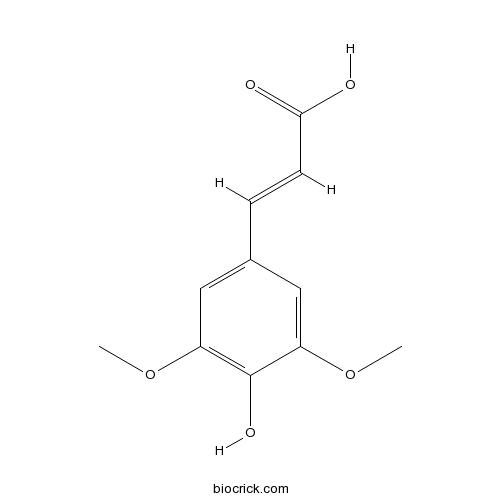
-
BCN5700
Coniferin
Coniferin (Laricin) is a glucoside of coniferyl alcohol. Coniferin inhibits fungal growth and melanization.(CAS NO.:531-29-3)
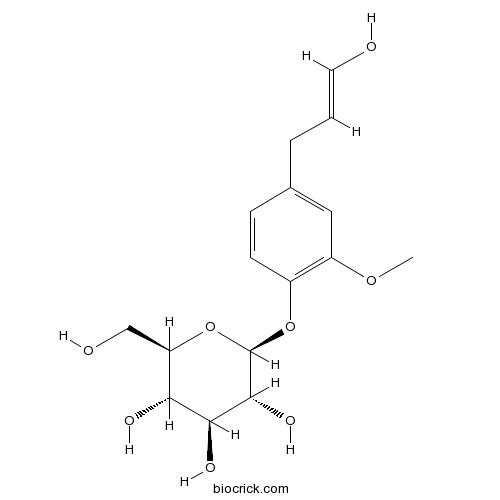
-
BCN7515
4-Methoxycinnamyl alcohol
Botanical source: The rhizomes of Etlingera pavieana (Pierre ex Gagnep.) R.M.Sm.(CAS NO.:53484-50-7)
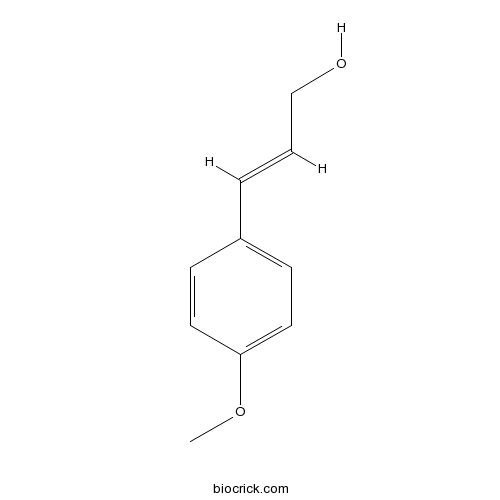
-
BCN1425
4,9,9'-Trihydroxy-3,3'-dimethoxy-8,4'-oxyneolignan
Botanical source: (CAS NO.:53505-68-3)
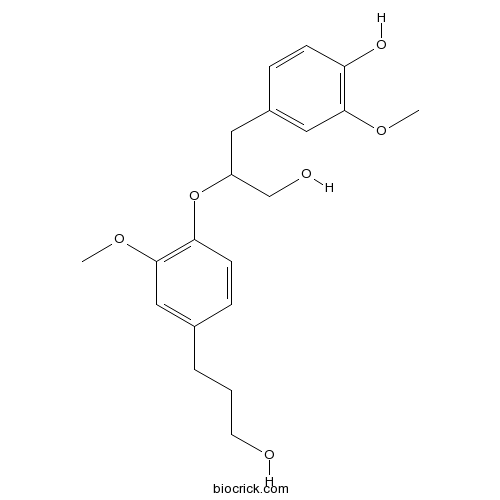
-
BCN7082
Nepetoidin B
Botanical source: The stems of Elsholtiza bodinieri Vaniot.(CAS NO.:55486-06-1)
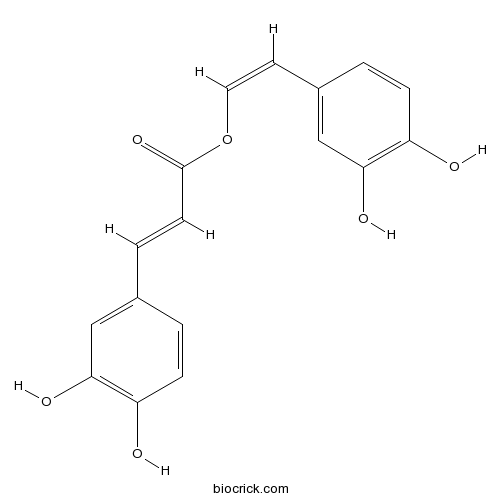
-
BCN5751
3-(2,4-Dihydroxyphenyl)propionic acid
3-(2,4-Dihydroxyphenyl)propanoic acid (DPPacid) is a potent and competitive tyrosinase inhibitor, inhibits L-Tyrosine and DL-DOPA with an IC50 and a Ki of 3.02 μM and 11.5 μM, respectively.(CAS NO.:5631-68-5)
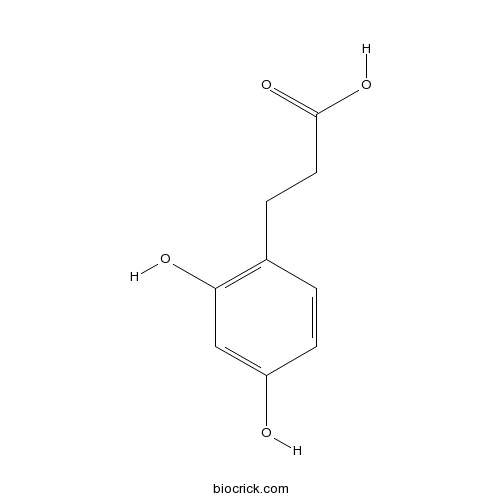
-
BCN2498
Isochlorogenic acid C
4,5-Dicaffeoylquinic acid ( Isochlorogenic acid C) possesses potent hepatoprotective and anti-HBV effects.(CAS NO.:57378-72-0)
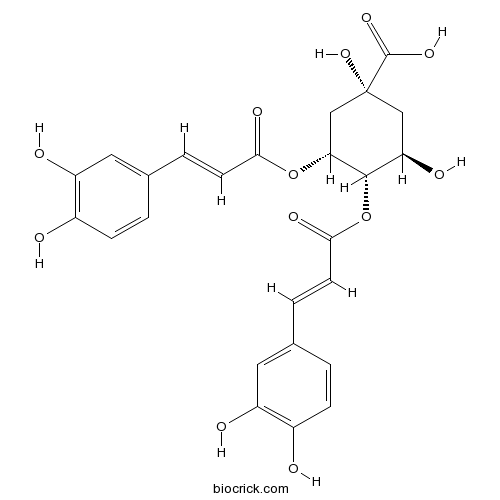
-
BCN1410
trans-3,4-Methylenedioxycinnamyl alcohol
Botanical source: The herbs of Acanthopanax gracilistylus(CAS NO.:58095-76-4)
